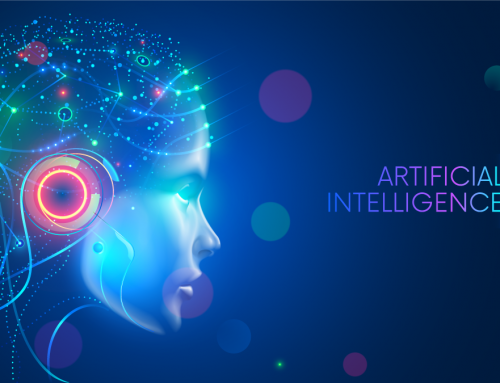Python is a programming language, which means it is a way to give instructions to a computer for tasks you want the computer to do. These tasks are usually to collect data, make decisions on how to manipulate data, complete tasks multiple times, and provide data back to you. There are many languages which can be considered ‘ways to describe’ these instructions. Some are closer in structure to human language than others which tends to make them easier to use and understand. Also some languages work with one type of computer but not others. Some times a language might only perform a certain type of tasks, like website languages. Python is popular because it is very close to human language in its structure, and it also is able to work on most computer types and almost all task types. Because it is so versatile, it tends to be used by people that are not looking to become an expert in writing software but want to be able to perform some computational tasks. This is often the case with Machine Learning and why Python could be considered a de facto industry standard language just because of its wide use. Artificial Intelligence, on the other hand, has been in research for decades. I would say the industry standard for true AI would be LISP, as most research has been done using this language. Many people often combine Machine Learning and Artificial Intelligence as the same field, but this is not correct. Anyone can learn to use Python; it is even common to use Python to teach programming to young children. Being effective with a language is often a matter of having a well-defined problem that is being solved. No language is inherently better than others, but some languages are better than others for certain tasks. This leads me to describe a common downside of python, which is that it is interpreted, not compiled. When code is compiled, it is transformed into a form of the instructions that the computer can directly understand. Interpreted languages tend to perform much slower because the interpreter needs to translate the Python instructions into machine instructions as it is running. Also, interpreted code is harder to protect if you are not looking to share how it works. There are some other downsides but most only affect large business or hyper performance-based considerations such as support for the language (even programming languages have bugs!) or support for some of the specific features of different processors. https://en.wikipedia.org/wiki/Lisp_(programming_language) https://en.wikipedia.org/wiki/John_McCarthy_(computer_scientist)
What Is Python?
By Randolph Morris|2020-10-05T23:15:03+00:00July 21st, 2020|Software Development|Comments Off on What Is Python?






